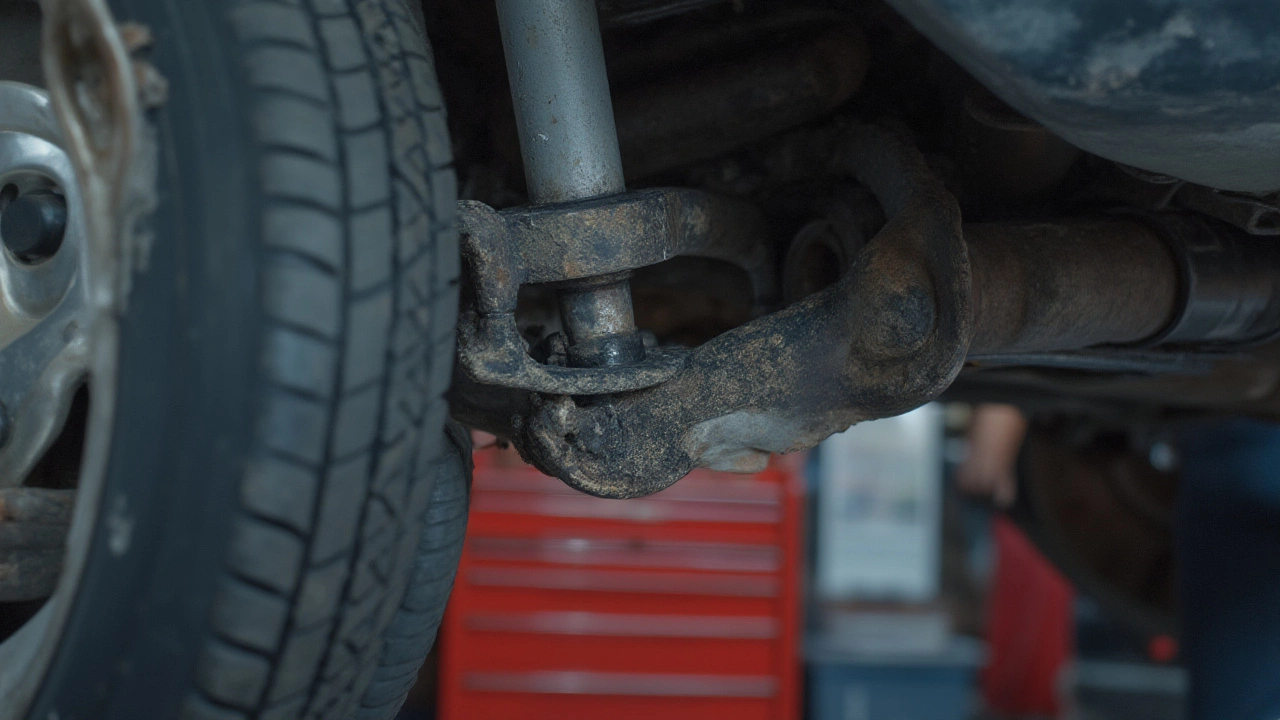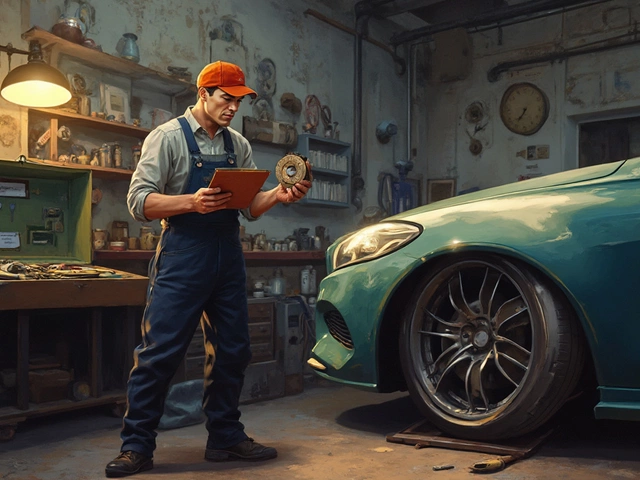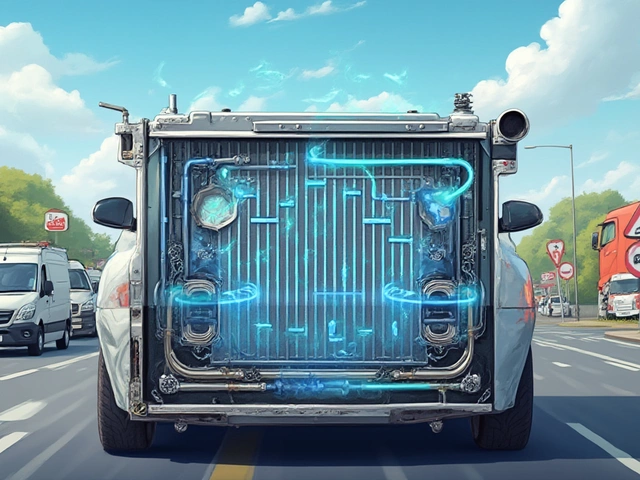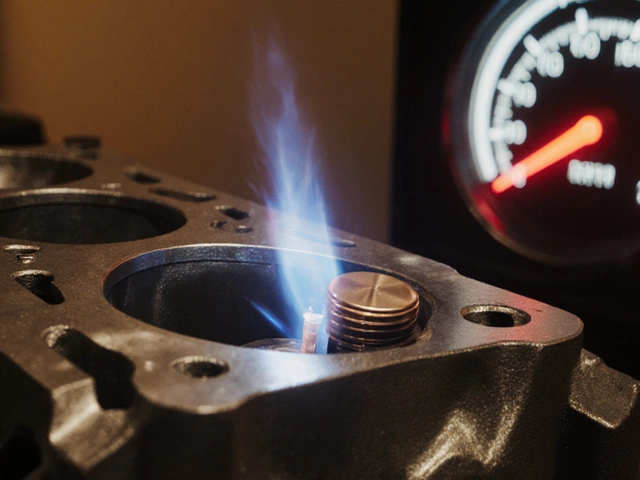Uneven Tire Wear – What’s Happening Under Your Wheels?
If you’ve noticed one side of a tyre looking smoother than the other, you’re not alone. Uneven tyre wear is a clear sign that something isn’t right with the car – and ignoring it can cost you more in new tyres or unsafe driving. In this guide we’ll break down the most common wear patterns, why they happen, and what you can do right now to stop the damage.
Spotting Uneven Wear Patterns
First, take a good look at the tread. A few tell‑tale signs can point you in the right direction:
- Inside‑edge wear: The inner side of the tyre is smoother. Usually this means the wheel is toed‑in or the camber is set too negative.
- Outside‑edge wear: The outer side is worn down faster. Often a sign of excessive positive camber or a bent suspension component.
- Cupping or scalloping: Small, regular dips across the tread. This points to unbalanced wheels or worn shock absorbers.
- Feathered edges: The tread ribs look sharpened on one side. That’s a classic alignment issue – the tyre is being dragged sideways as you drive.
While you’re checking, feel the tyre pressure. Low pressure can cause the outer shoulder to squirm, leading to slick wear on the outer edge. Over‑inflated tyres wear the centre quickly, leaving the sides untouched.
Fixing the Underlying Problems
Once you know the pattern, it’s time to act. Here’s a quick checklist you can follow or bring to a professional:
- Check tyre pressure: Use a reliable gauge and set the pressure to the manufacturer’s recommendation – you’ll find that number on the driver’s door jamb.
- Get a wheel alignment: Even a few degrees off can cause the tyre to scrub against the road. A proper alignment adjusts camber, caster, and toe to keep the tyre flat on the surface.
- Balance the wheels: Unbalanced wheels create vibration that leads to cupping. A simple wheel‑balancing service adds tiny weights to even out the rotation.
- Inspect suspension components: Worn shocks, broken bushings, or a bent control arm can make the tyre wobble. Replace any faulty parts to restore smooth motion.
- Rotate tyres regularly: Swapping front and rear tyres every 6‑8 000 miles evens out wear and extends tyre life.
If you’re not comfortable doing these checks yourself, swing by Northwich Tyres Centre. We offer tyre pressure checks, full wheel alignments, suspension inspections, and professional tyre rotations – all at competitive prices. Our experienced technicians can spot hidden issues before they become expensive repairs.
In short, uneven tyre wear isn’t just a cosmetic problem; it’s a warning sign that your car’s handling, safety, and fuel efficiency are at risk. Keep an eye on the tread, stay on top of pressure, and get a quick alignment if anything looks off. With a little care, you’ll enjoy a smoother ride, better grip, and longer‑lasting tyres.
 6 July 2025
6 July 2025
Bad Struts Symptoms: Signs Your Car Suspension Needs Attention
Discover key signs of bad struts, their impact on safety, and practical tips for car owners. Stay ahead of car suspension problems with clear, reliable info.
Latest Posts
-

How Do I Know What Size Exhaust I Need? Straightforward Guide for Perfect Fit
-

New Rotors with Old Brake Pads: Is It Worth It?
-

How Many Miles Do Car Radiators Last? Lifespan, Maintenance & Replacement Tips
-

Does My Car Tell Me When to Change the Oil?
-

Do Spark Plugs Add Horsepower? Myths, Facts, and How to Choose the Right One

0